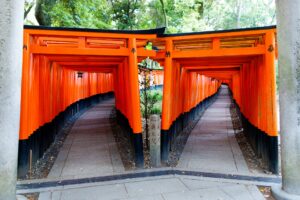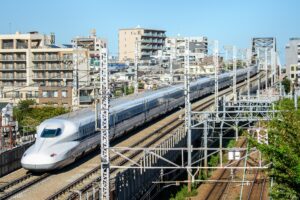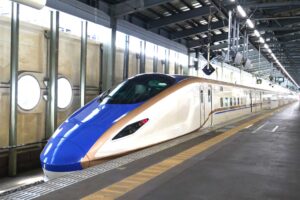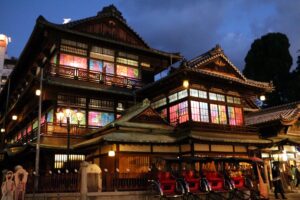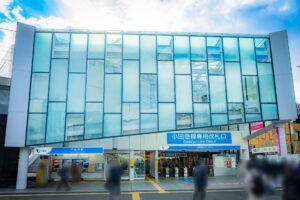Yokohama Chinatown is Japan’s largest and most vibrant Chinese enclave, packed with mouthwatering cuisine, centuries of history, and vivid cultural charm. Whether you’re a foodie, a culture seeker, or a casual traveler planning a day trip from Tokyo, this guide covers everything from the top restaurants and hidden alleyways to practical tips and seasonal events.
What Makes Yokohama Chinatown Unique?
Yokohama Chinatown (横浜中華街) is more than just a cluster of Chinese restaurants—it’s a vibrant district steeped in history and culture. Founded in 1859, it has grown into Japan’s largest Chinatown, with over 600 establishments including eateries, shops, temples, and cultural centers. Unlike many Chinatowns around the world, this one features an intricate blend of Japanese and Chinese influences, evident in its architecture, food, and festivals.
The ten grand gates, each designed based on traditional Chinese feng shui principles, give the area a distinctive charm. Colorful events like the Lunar New Year and Mid-Autumn Festival bring the streets to life with parades, lion dances, and fireworks, making it a great place to experience Chinese culture without leaving Japan.

Getting to Yokohama Chinatown from Tokyo
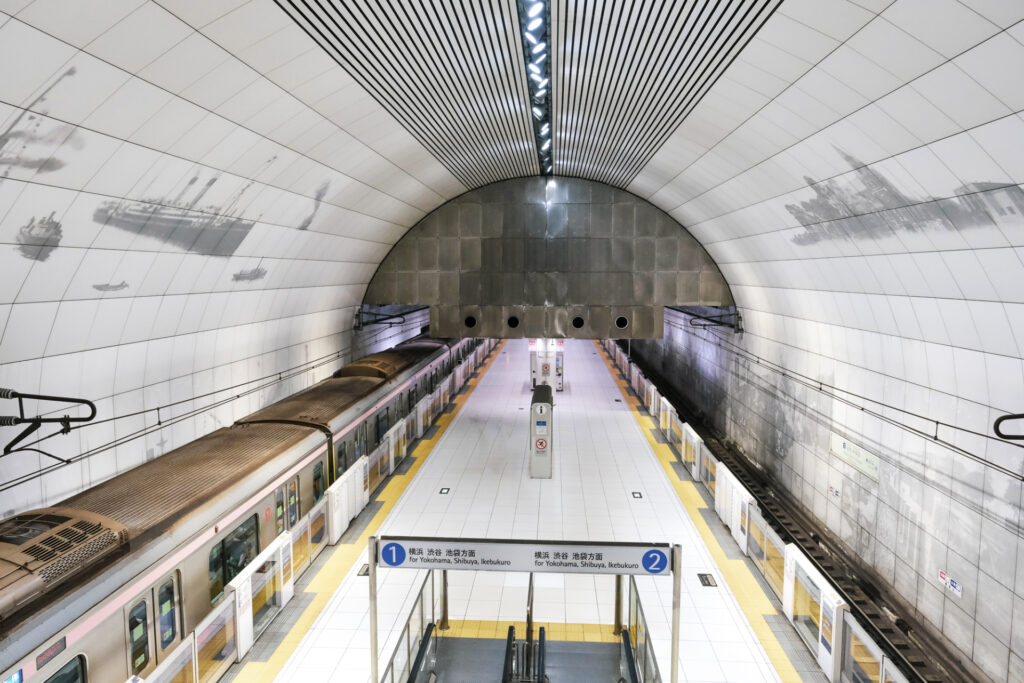
Getting to Yokohama Chinatown from central Tokyo is quick and affordable, making it perfect for a day trip.
- Train Option 1: Take the JR Tokaido Line or JR Keihin-Tohoku Line from Tokyo Station to Yokohama Station. From there, transfer to the Minatomirai Line and get off at Motomachi-Chukagai Station. Exit 2 leads you right into Chinatown.
- Total Travel Time: Around 45 minutes
- Cost: Around ¥480–¥650
Using an IC card like Suica or Pasmo will make your trip smoother, especially if you’re transferring between lines. To avoid the busiest times, it’s best to travel mid-morning or early afternoon. For a different experience, plan your visit to catch both daylight and the illuminated night view.

Best Food in Yokohama Chinatown
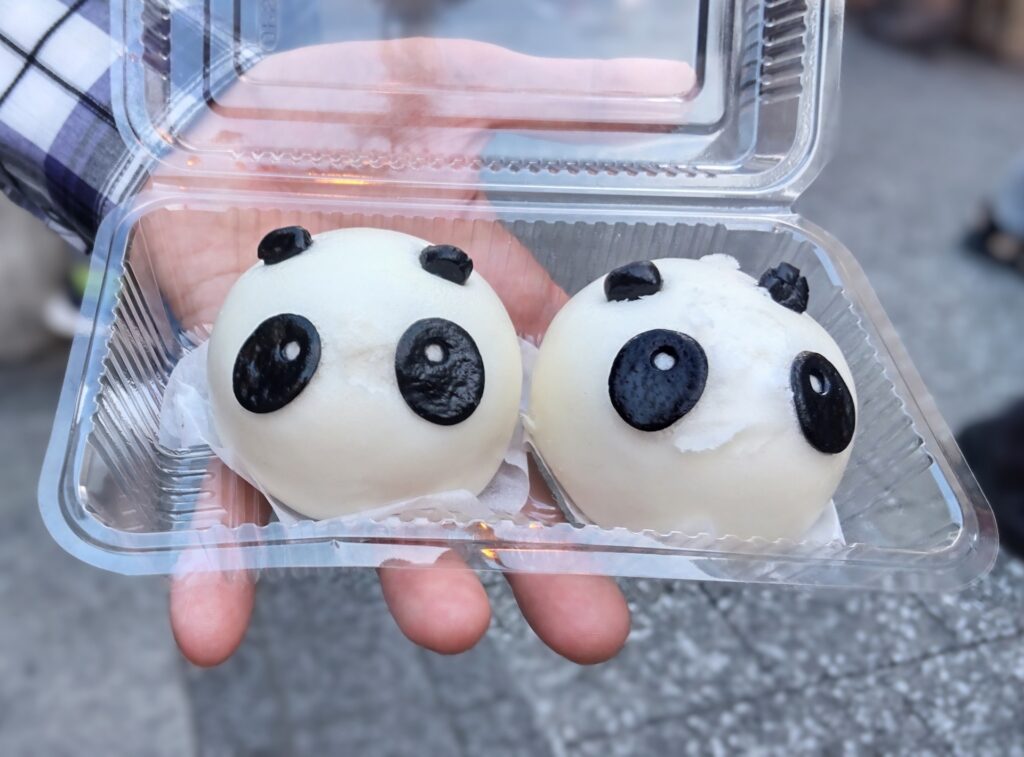
Food is the heart of Yokohama Chinatown. You’ll find everything from high-end Cantonese cuisine to casual street food that’s perfect for snacking as you explore.
Must-Try Eats:
- Pork or shrimp dumplings (Shumai) – Steamed or fried, these are a Chinatown staple. Try them at Heichinrou or Edosei.
- Panda-shaped buns – Instagrammable and delicious, usually filled with custard or red bean. Found at Rouishin.
- Mooncakes – Traditional pastries sold year-round, but especially popular during the Mid-Autumn Festival.
- Shark fin soup – A luxurious item served at traditional restaurants like Manchinro.
Most eateries post menu photos and many offer English menus, which makes ordering easier. If you have dietary restrictions, don’t worry—there are plant-based and even halal-friendly options available too.
Where to Find Vegetarian or Vegan Options
Finding meatless dishes in a Chinese food-heavy area might seem tough, but Yokohama Chinatown is more inclusive than you’d expect.
Top Spots:
- Saikoushinkan (菜香新館) – Offers a dedicated vegetarian course menu (ask in advance).
- Shatenki 2nd Shop – A favorite for rice porridge with vegetarian toppings.
- Yokohama Daisekai Food Court – You’ll find vegan-friendly buns and snacks here.
If you’re vegan or vegetarian, it helps to memorize a few Japanese phrases or show them on your phone:
- “Watashi wa bejitarian desu” – I am a vegetarian.
- “Niku, sakana, tamago nashi de onegaishimasu” – No meat, fish, or egg, please.
Top Attractions and Hidden Spots
There’s more to Chinatown than just food. The district is packed with cultural spots and hidden gems worth checking out.
Don’t Miss:
- Kanteibyo Temple – Dedicated to Guan Yu, the Chinese god of loyalty and justice, it’s one of Chinatown’s spiritual centers.
- Ma Zhu Miao (Masobyo) – A peaceful shrine honoring the sea goddess Mazu.
- Yokohama Daisekai – A quirky building filled with fun attractions like a trick art museum and fortune-telling booths.
Hidden Corners:
- Market Alley (Shaten-gai) – A narrow, lively alley lined with lesser-known food stands and shops.
- Rooftop at Yokohama Daisekai – For an elevated view of the colorful gates and rooftops.
- Lantern-lit side streets – These glow beautifully at night and are perfect for a slow stroll or night photography.
Best Instagram-Worthy Photo Spots
- Zenrinmon Gate – The main entrance, especially beautiful during sunset.
- Lantern alleys – After dusk, the red lanterns light up and create a magical atmosphere.
- Panda Buns & Street Food – Snap a pic before biting in.
- Temple Details – The vibrant details of Kanteibyo make for striking close-ups.
Seasonal Events and When to Visit
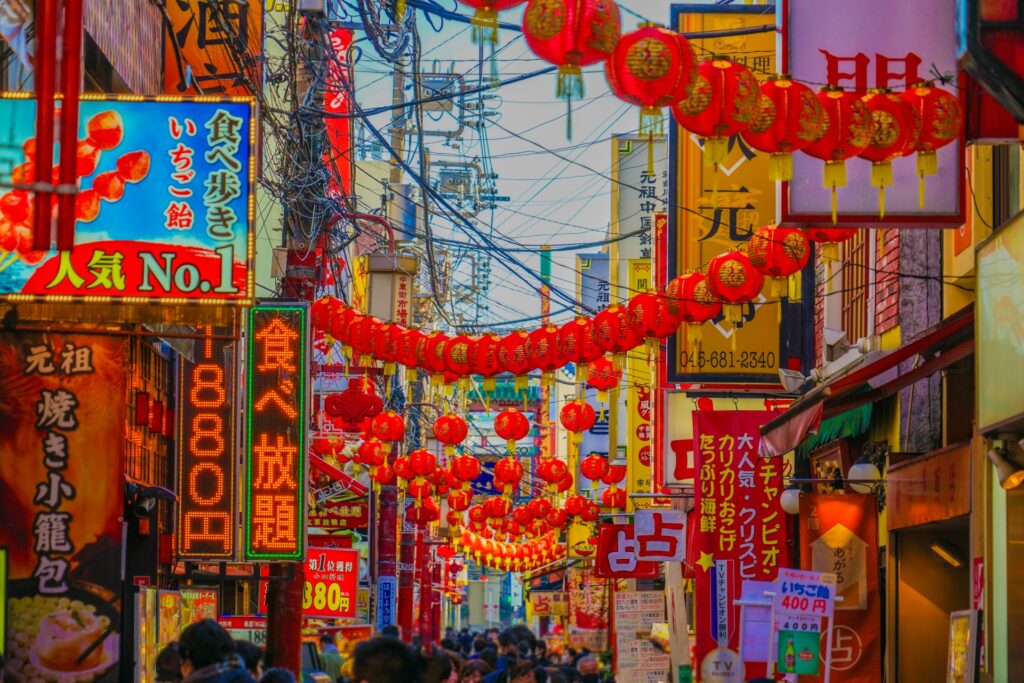
Yokohama Chinatown hosts some of the most exciting seasonal events in the region. Visiting during a festival adds a completely different energy to your trip.
| Event | Time | What to Expect |
| Chinese New Year | Late Jan–Feb | Lion dances, fireworks, and cultural performances |
| Lantern Festival | 15th day of New Year | Streets filled with glowing lanterns |
| Mid-Autumn Festival | Sep–Oct | Mooncakes, lanterns, and traditional music |
For the best experience, plan your trip for spring (March–May) or autumn (October–November) when the weather is pleasant and crowds are manageable. Weekdays are always less packed than weekends or holidays.
Tips for First-Time Visitors
- Carry Cash: Some small vendors don’t accept credit cards.
- Public Toilets: You can find clean facilities at nearby Yamashita Park, Motomachi-Chukagai Station, or inside large buildings like Daisekai.
- Wi-Fi & Language: Free public Wi-Fi is spotty—consider renting a pocket Wi-Fi. Many signs are bilingual, and staff at popular shops usually understand basic English.
- Avoid Tourist Traps: Be cautious of “all-you-can-eat” buffets that push aggressive advertising. Stick to places with long lines and good Google reviews.
Conclusion: Why Yokohama Chinatown Is Worth the Trip
Whether you’re visiting Japan for the first time or looking for a weekend escape from Tokyo, Yokohama Chinatown offers an unforgettable blend of food, culture, and color. From temple visits and traditional festivals to sizzling street food and picture-perfect lantern alleys, this district captures the spirit of East Asia in a uniquely Japanese setting.
It’s compact enough to explore in half a day, yet rich enough to keep you coming back for more. So hop on a train, bring your appetite, and get ready to explore one of Japan’s most fascinating neighborhoods.




